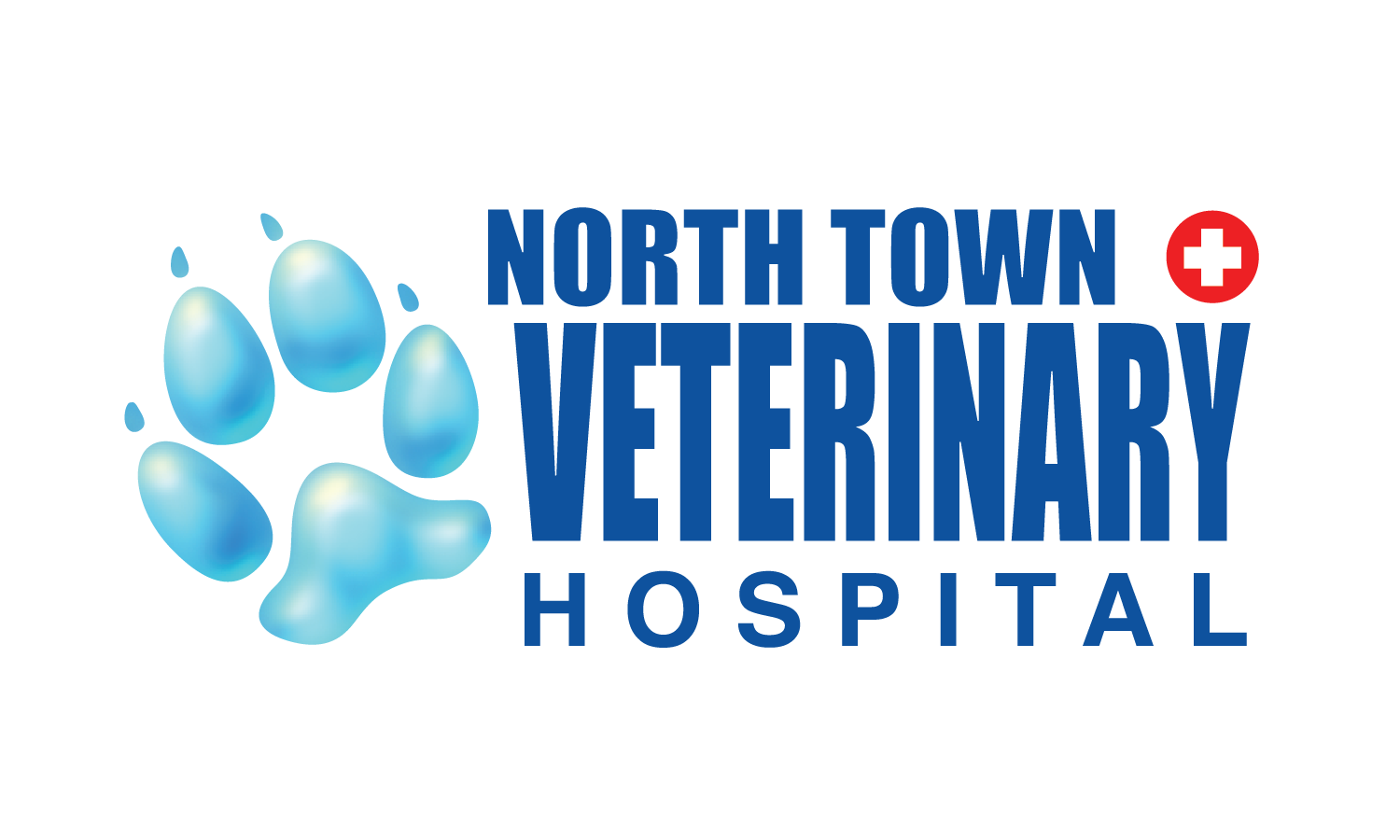And the Beat goes On…
Heart Disease is far more common in our pets than most know. Some breeds, such as King Charles Cavalier Spaniels or Dobermans, are prone to certain conditions. Some things are genetic, some are birth defects, some are diet or age induced, while some are luck of the draw. Parasites even play a part! Here are some general guidelines to heart disease in our pets.
Cats can develop heart disease both while young and old. The most common is Hypertrophic Cardiomyopathy, HCM. This is a genetic condition which causes the heart muscle to thicken, causing turbulence and interfering with blood flow. Approximately 10% with this condition are found dead and diagnosed post mortem. Some present as suddenly have problems breathing, be cyanotic (blue) and mouth breathing. Others will throw blood clots which can cause limping or paralysis, often to the hind legs. This disease is progressive, but we can often slow the progression, sometimes for years. This condition is why we will be quick to recommend cardiac workup in cats when a heart murmur appears after kitten hood.
Cats are also prone to dilated cardiomyopathy, especially when fed diets deficient in Taurine. Typically they are eating dog food primarily. This can also cause them to go blind. Dietary supplementation or better yet feeding proper food can prevent or treat this.
Dogs are a little more diverse than cats in what we commonly see. Smaller, older dogs are prone to valvular disease, but any dog can have it. Cardiomyopathy is common in some breeds. Heart defects are common in others. Tumours as well can be found, both within the heart and affecting the blood vessels at the heart base. Pacemaker abnormalities can be found. What isn’t found is arteriosclerosis, the most common heart disease of people, as dogs really just don’t have that issue. Dogs can develop right sided heart failure from parasites within the heart called heartworm—which we recommend testing for and preventing from June 1 to Nov 1 every year.
If we suspect heart disease, there are a few things we will recommend.
- Bloodwork: We will want to see how the organs are faring with the altered blood flow. An additional test through the lab is called proBNP which actually gives an indication of how the heart muscle itself is coping.
- Radiographs: We want to see the size and shape of the heart. We will look at the lungs as well to see if they are affected. Certain blood vessels are enlarged with heartworm disease. Because dogs especially come in various sizes and shapes, we do a Vertebral Heart Score (VHS) to standardize size and compare to normal. Cats with HCM will often have a valentine shaped heart when on their back. These are very important to have done.
- Cardiac ultrasound: With this we are actually looking inside the heart, measuring wall sizes, blood flow or backflow, examining the structures such as the valves, myocardium, pericardium etc. Although expensive, this can be incredibly diagnostic, to help pick the best therapy.
- Electrocardiogram: This is often done if there is an arrhythmia (upset beat rhythm) or unexplained fainting spells via a Holter monitor.
- Blood pressure: Yes, animals can have hypertension too!
Once we know what is happening, we have different drugs we choose from. From diuretics to ACE inhibitors, blood pressure medications to Pimobendan, even nitroglycerin at times, every pet is an individual with specific needs. We then monitor efficacy of the medications and tweak as necessary. All of our staff here are dedicated to keeping our beloved pets as healthy as possible, 24 hours a day.
Written by Vicki Cane DVM




